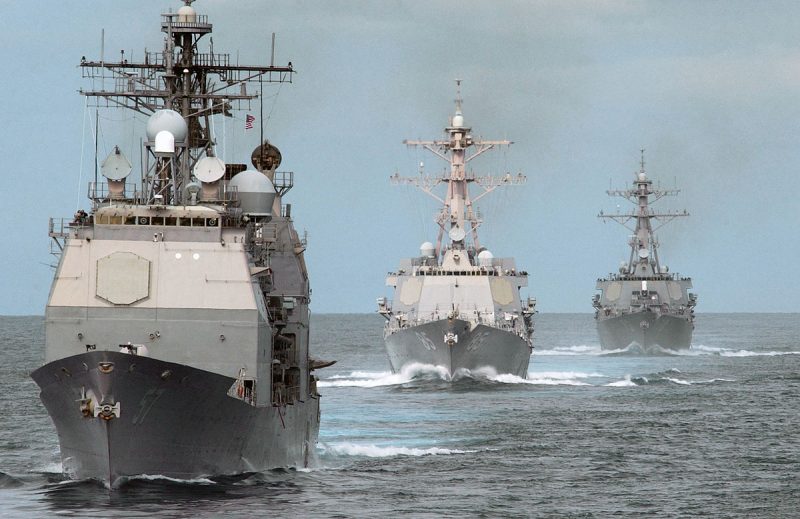The US Navy has spent hundreds of millions of U.S. taxpayer dollars to create a fast new class of warship. Now, it’s trading some of that speed for more weapons and heavier armor.
Rear Admiral Peter Fanta, the director of surface warfare, said that the littoral class of warship must have more firepower, this includes adding over-the-horizon missiles to the ships.
Two versions were quickly produced to supply the Navy with affordable, fast ships that can operate in shallow waters (otherwise known as littoral waters).
The General Accounting Office (GAO) has criticized the ships as being too lightly armed and too lightly armored. The Navy is learning from the initial deployment and making changes to create a new class called a frigate.
The littoral-class ships were rushed into production to combat post-Cold War threats. But the threats are changing again now that China is making noise in the South China Sea, and Russia is building up its navy.
The new ships will be slightly slower and heavier, but the weapons will make them more useful.
As designed, the ships can go faster than 50 miles per hour. To maneuver in shallow water, they have steerable waterjets rather than propellers and rudders. They have mission modules that can be swapped out to adjust for surface warfare, anti-submarine missions, or mine removal.
Increasing costs and the complaints from the GAO are forcing the changes. Costs of building the latest versions of the ships ran from $482 to $563 million dollars each.
Additionally, there were two breakdowns recently that brought the reliability of the ships into question. The USS Milwaukee needed a tow for 40 miles to reach a base in Virginia. The USS Fort Worth had to dock in Singapore.
The new design with heavier armor plating and shock mounting will make the new ships sturdier. This summer will see ships outfitted with over-the-horizon missiles that can hit targets over 50 miles away. In the fall, a second missile option will begin testing. Eventually, the Navy intends to fit existing ships with the options. They also intend to build 40 ships with the new systems.
It is unknown how much speed the new ships will lose from the additional weight.
